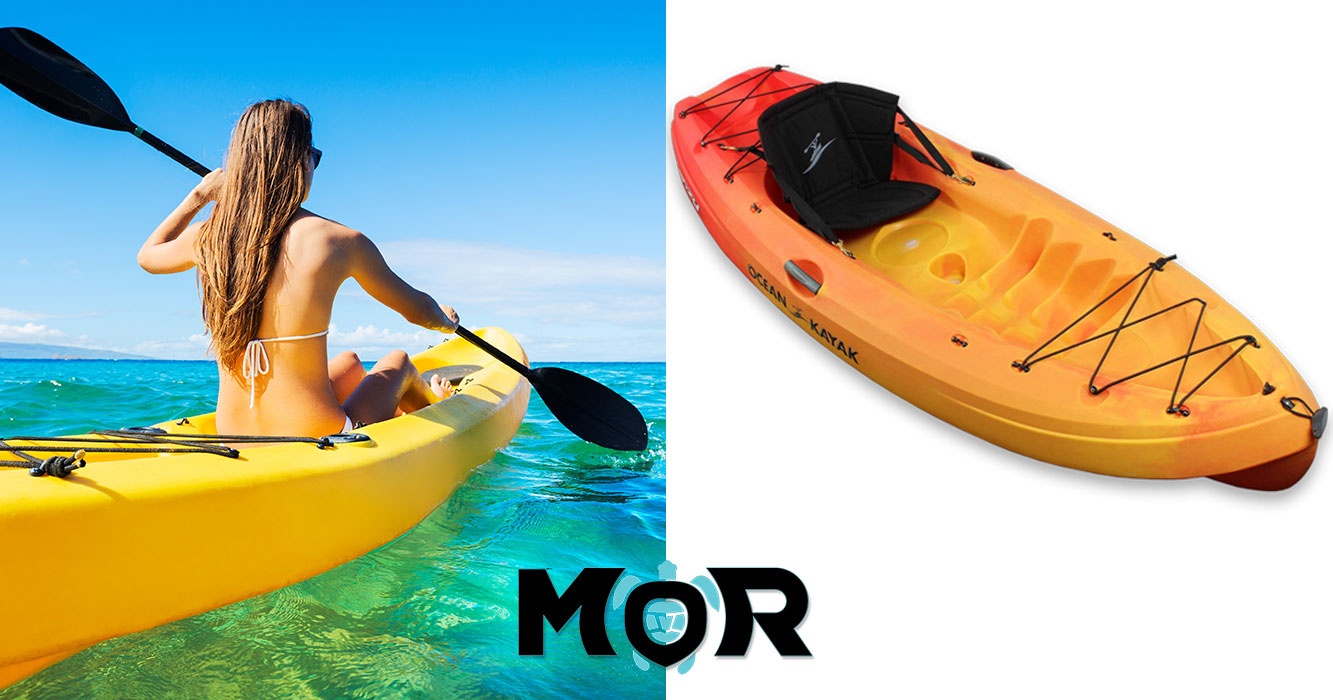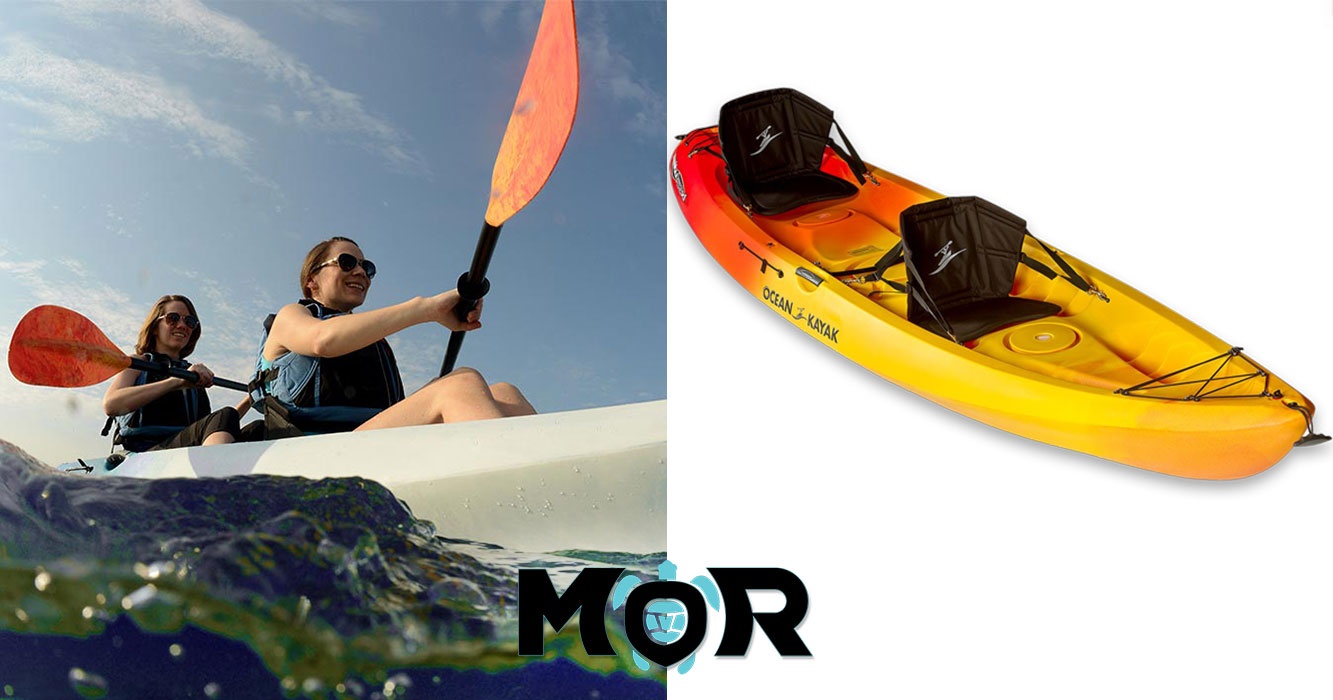
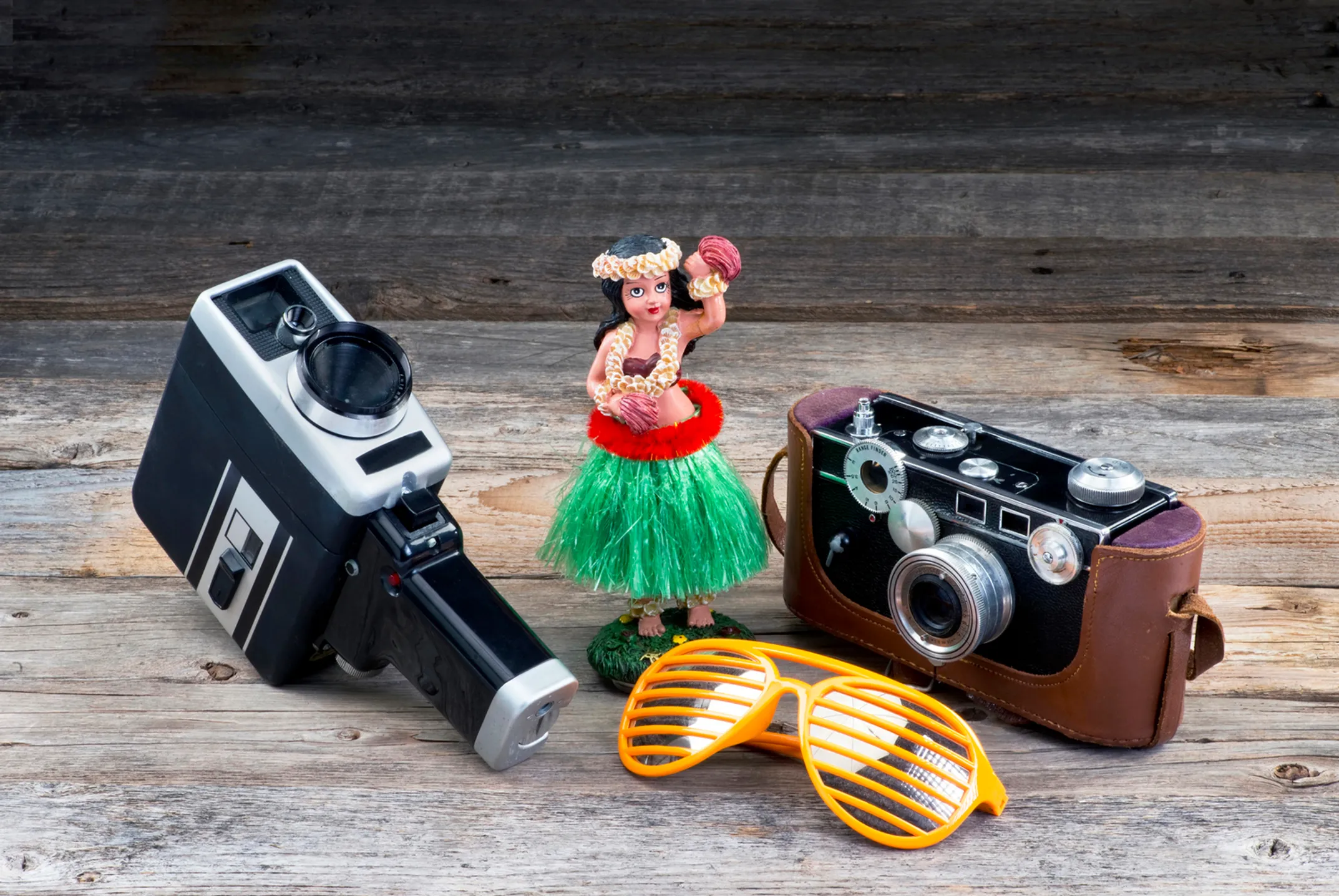
Hollywood's Tropical Backlot
A Century of Spectacle in Paradise
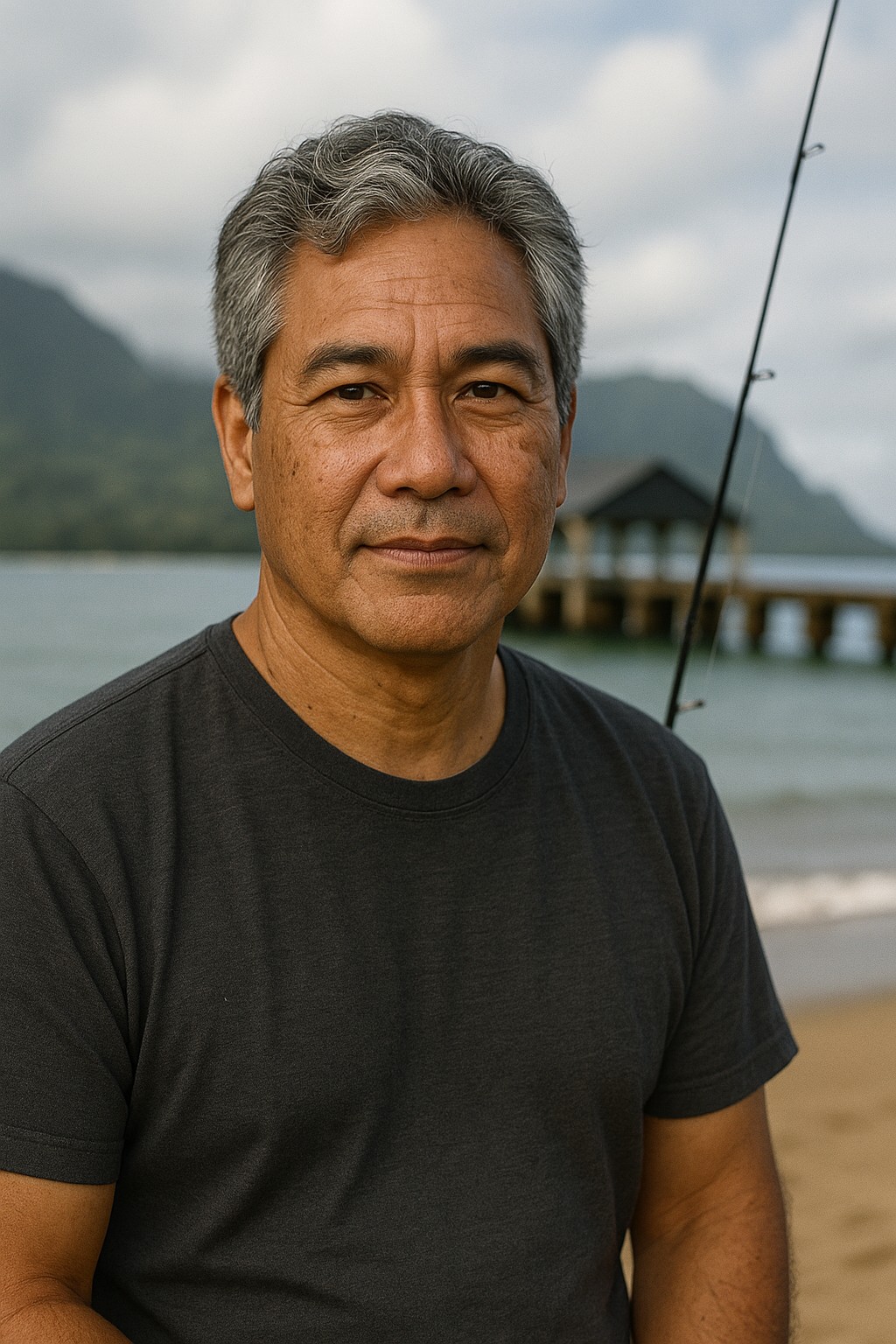
Written by a Local Film Expert
Kalani MillerThe Birth of a Film Paradise (1920s-1970s)
The love affair between Hollywood and Hawaiʻi began almost as soon as cameras could capture the islands' beauty. Early silent films like The White Flower (1923) and Bird of Paradise (1932) introduced mainland audiences to a romanticized version of Hawaiʻi. One filled with mesmerizing hula, lush rainforests, and dramatic volcanic landscapes. This film portrayal made the islands an "exotic" escape. A narrative that would define their on-screen identity for decades.
The post-statehood era of the late 1950s and 1960s saw this fascination explode. Elvis Presley became an unofficial ambassador. Films like Blue Hawaii (1961) and Gidget Goes Hawaiian (1961) cemented the image of Hawaiʻi as a sun-drenched playground for tourists. These movies were key in shaping the tourism boom. They sold a vision of carefree island life that was as intoxicating as it was incomplete.
Yet, it was a film grounded in war's harsh reality that truly put Hawaiʻi on the global film map. The 1953 drama From Here to Eternity, set against the days leading up to Pearl Harbor's attack, was a critical and commercial triumph. It won eight Academy Awards, including Best Picture.
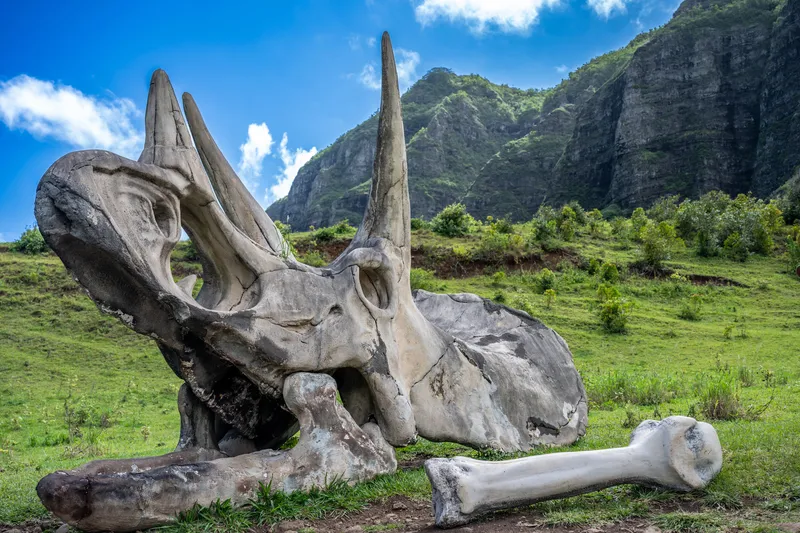
The Eternity Beach Legacy
The film's iconic, passionate embrace between Burt Lancaster and Deborah Kerr was filmed in the churning surf of Halona Beach Cove on Oʻahu. It's one of cinema's most enduring images. The location became so famous that locals and visitors now call it "Eternity Beach." A physical landmark forever tied to its Hollywood moment.
As I reflect on these early films, I see the blueprint of a myth being drawn. They created a one-dimensional "postcard" of Hawaiʻi. Beautiful, serene, and welcoming, but ultimately surface-level. The real people, the complex history, and the vibrant culture were often relegated to the background. They served as little more than tropical set dressing for mainland protagonists' stories. It was a beautiful picture, but it was missing the depth and shadows of the real place.
🎭 The White Flower (1923)
Early silent film introducing mainland audiences to romanticized Hawaii with exotic appeal.
🌺 Bird of Paradise (1932)
Established the "exotic paradise" narrative with mesmerizing hula and volcanic drama.
🕺 Blue Hawaii (1961)
Elvis as unofficial ambassador - cemented Hawaii as sun-drenched tourist playground.
🏆 From Here to Eternity (1953)
8 Academy Awards including Best Picture - proved Hawaii could be setting for serious drama.
ℹ️ Golden Age Era
- Time Period: 1920s-1970s
- Key Theme: Exotic Paradise
- Impact: Tourism Boom
- Famous Star: Elvis Presley
- Breakthrough: From Here to Eternity
📍 Iconic Locations
- Eternity Beach Oʻahu
- Hanalei Bay Kauaʻi
- Waikīkī Beach Oʻahu
🔗 Film Culture Guide
The Blockbuster Effect: Dinosaurs, Superheroes, and Film Tourism
In the modern era, Hollywood's use of Hawaiʻi has become more ambitious and economically significant than ever. The islands' unmatched geographic diversity allows them to stand in for nearly any location imaginable. The jungles of South America in Raiders of the Lost Ark. The deserts of Africa. The otherworldly landscapes of Avatar. This versatility, combined with near-perfect weather, has solidified Hawaiʻi's status as "Hollywood's Tropical Backlot."
The economic impact is staggering. The film industry contributes hundreds of millions of dollars to the state's economy annually. It creates jobs for local crews and boosts businesses from catering to transportation. This phenomenon, known as "film-induced tourism," is a powerful driver of the visitor industry.
A 2024 report from the Department of Business, Economic Development and Tourism revealed that movies and television shows are a significant motivator for visitors. A remarkable 36.3% of visitors from Japan cited film and TV as a reason for their trip to Hawaiʻi in 2022. Statewide, about 5.4% of all visitors participate in movie location tours.
The Jurassic Park Phenomenon
No film franchise shows this blockbuster effect more than Jurassic Park. When Steven Spielberg's 1993 masterpiece hit theaters, it did more than just bring dinosaurs to life. It transformed its filming locations into global destinations. The breathtaking helicopter approach to "Isla Nublar" showcased the dramatic cliffs of Kauaʻi's Nāpali Coast. The verdant valleys of Oʻahu's Kualoa Ranch became the stomping grounds for Gallimimus herds.
The film's success turned Kauaʻi's Manawaiopuna Falls into the instantly recognizable "Jurassic Falls." It made Kualoa Ranch one of the most famous filming locations in the world. The franchise's continued presence, with sequels like Jurassic World filming in the same locations, demonstrates the enduring power of this film branding and its direct link to tourism.
36.3%
Japanese visitors cite film/TV as trip motivator
5.4%
All visitors take movie location tours
$100M+
Annual film industry economic contribution
Kualoa Ranch: Hollywood's Playground
Kualoa Ranch, a 4,000-acre private nature reserve on Oʻahu, is the epicenter of this phenomenon. Its filmography reads like a list of Hollywood's biggest hits: Jumanji: Welcome to the Jungle, Godzilla, Kong: Skull Island, 50 First Dates, and the iconic television series LOST and Hawaii Five-O have all used its stunning landscapes. The ranch has expertly capitalized on this fame. It offers a variety of movie site tours that allow visitors to stand in the very spots where film history was made.
Jurassic Park
1993
LOST
2004-2010
Jumanji
2017
Kong: Skull Island
2017
Partner Spotlight: Pearl Harbor – Where History and Hollywood Collide
A short drive from the fictional jungles of Kualoa Ranch lies a site where history is profoundly, unforgettably real. Standing at the Pearl Harbor National Memorial, looking out at the USS Arizona Memorial shimmering above the sunken battleship, is a deeply solemn experience. It's a place of quiet reflection. A testament to a day that changed the world. This gravity provides a powerful and necessary contrast to the many ways Hollywood has portrayed the December 7, 1941 attack.
Pearl Harbor has been a recurring subject for filmmakers for over 80 years. Films have ranged from the meticulously researched, dual-perspective epic Tora! Tora! Tora! (1970) to Michael Bay's 2001 blockbuster Pearl Harbor, a sweeping romance set against the backdrop of the attack. While Bay's film was criticized for its historical liberties, it was praised for its visually stunning recreation of the bombing. Scenes were filmed on location at Ford Island and even using Kualoa Ranch for certain shots. Other notable films like From Here to Eternity and the John Wayne naval drama In Harm's Way have also woven the historical event into their narratives. This makes Pearl Harbor one of the most cinematically depicted sites in Hawaiʻi.
This is precisely where the distinction between film representation and historical truth becomes crucial. The films offer spectacle, drama, and emotion, but they are ultimately interpretations. To truly understand the weight of that day, one must move beyond the screen. This is why engaging with a partner like Pearl Harbor Historical Tours is so essential. Taking a tour of the actual grounds, listening to the stories of survivors, and visiting the memorials for the USS Arizona, USS Oklahoma, and USS Utah is an act of separating fact from Hollywood fiction. It allows a visitor to connect with the authentic history and the profound human stories of heroism and loss. In the context of our film journey, the tour becomes a vital pilgrimage. A moment to look past the explosions and romance of the movies and bear witness to the quiet, powerful truth of the place itself.

